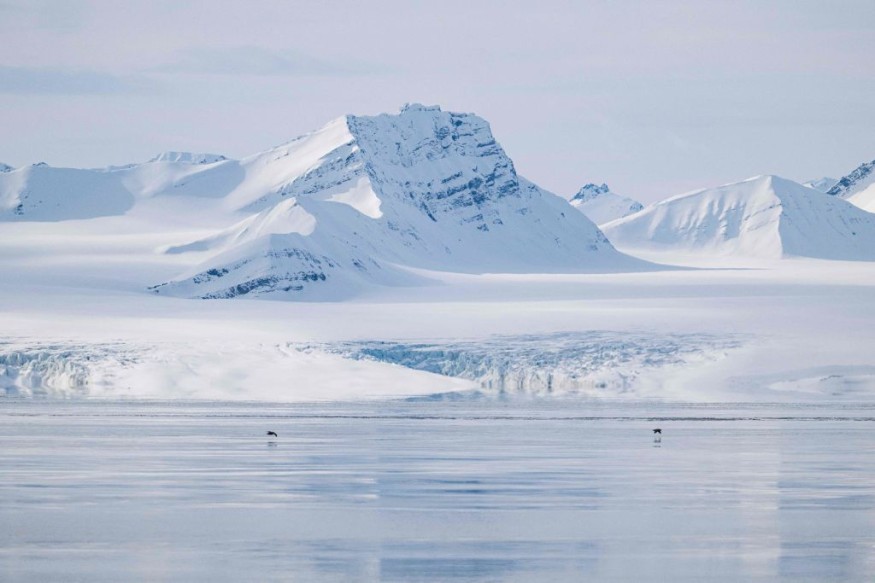Refreezing Earth's poles have come up in the suggestion handbook of scientists, recommending that this could be achieved by reducing incoming sunlight even amid rising global temperatures.
This is based on a new study, which finds that freezing again the two polar regions of the planet, namely the Antarctic southern polar region and the Arctic the northern polar region, is both feasible and cheap.
Concrete actions are yet to be implemented to fulfill the grand plan. Still, scientists behind the new research provided a potential future program where flying jets would spray microscopic aerosol particles into the atmosphere at the latitudes of 60 degrees north and south, approximately in the city of Anchorage, Alaska, and the southern tip of Patagonia region in South America.
In recent years, multiple national and intergovernmental reports, as well as scientific research have showed that climate change and global warming is causing the Arctic and Antarctic polar regions to warm faster than the world. The alarming threat has led to several environmental repercussions, including global sea level rise due to melting glaciers, extreme weather events, and more violent storms.
Refreezing Earth's Poles

The new paper was published in the journal Environmental Research Communications on September 15, where scientists have developed a theoretical plan of a measure called "subpolar-focused stratospheric aerosol injection deployment."
In short, the measure is called 'incoming sunlight reduction' which means that scientists in the future would use the said air particles over the north pole and south pole to mitigate the heat received from sunlight. This will theoretically reduce warming in the polar regions.
Why are the Poles Warming?
Since the Industrial Revolution of the 18th century, human activities like greenhouse gas emissions and burning of fossil fuels have increased.
Greenhouse gases like carbon dioxide, methane, and nitrous oxide has accelerated the natural process called the greenhouse effect, where the Earth's atmosphere trap the Sun's heat.
As a result, there have been recurring scientific conclusions that anthropogenic warming or human-induced global warming is the cause of why the poles are warming.
According to the National Aeronautics and Space Administration (NASA), the reasons mentioned above are widely accepted, however, one of its scientists named Patrick Taylor at NASA's Langley Research Center suggests a new reason behind the polar warming.
NASA cites that Taylor's research show the Earth's poles are warming faster than the planet simply because large weather systems carry energy in the atmosphere towards the north pole and south pole.
Taylor said it was previously thought that amplified polar warming was triggered by melting ice which lower surface albedo.
Polar Warming Global Consequences
In 2019, the National Science Foundation (NSF) funded a study led by scientists from the University of California, Davis (UC Davis) and they reported that the Arctic has armed by 0.75 degrees Celsius within the last decade alone.
Michael Gooseff, the previous study's co-author and scientist at the University of Colorado, said the poles are connected to the rest of the Earth. As a result, anything that happens in these icy regions can have consequences for weather and sea level worldwide.
© 2025 NatureWorldNews.com All rights reserved. Do not reproduce without permission.





